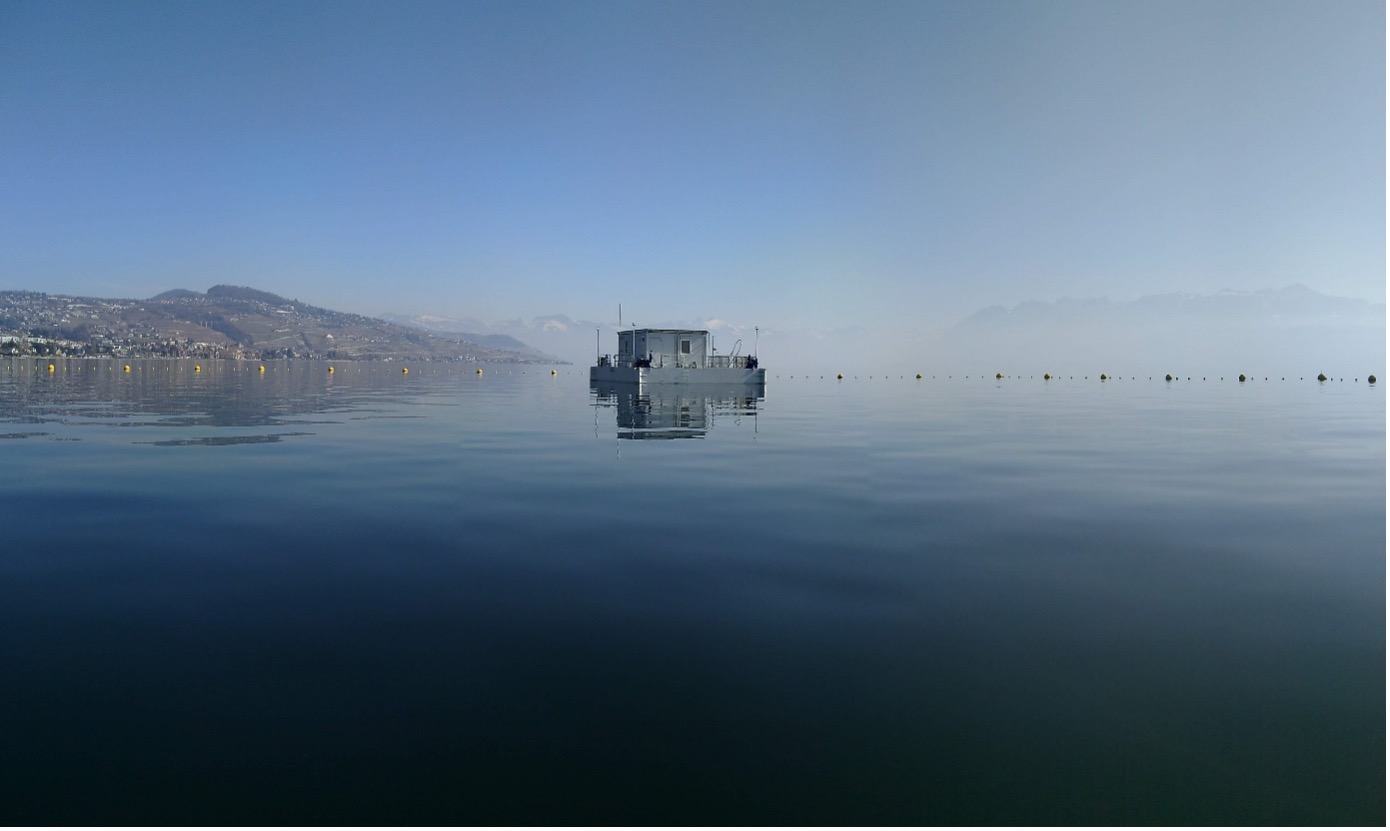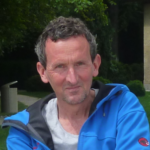Characterisation of Biofilm on different plastics substrates

The project in a nutshell:
Nowadays, plastic pollution is a global problem that affects terrestrial and aquatic ecosystems. The goal of this project is to understand the plastic-associated microbial community in Léman Lake. The platform LExplore offers a unique opportunity to study this process in the natural environment.
Once a surface is immersed in water, it is rapidly colonized by eukaryotic and prokaryotic microorganisms (bacteria, microalgae, fungi, etc.). These microorganisms secrete an adhesive and protective matrix composed of extracellular polymeric substances (EPS). The EPS are characteristic of biofilm formation, this matrix allows the attachment of microorganisms to surfaces and facilitates bacterial growth thanks to the polymers that compose it (polysaccharides, proteins, lipids, and DNA…). To test our hypothesis regarding the changing microbial communities according to the type of substrate and environmental factors, we choose to work with two types of plastics for a minimum period of one year.
Plastic found in the environment is mostly derived from packaging, that why we chose to work with low-density polyethylene (LDPE) and polyethylene terephthalates (PET). LDPE is an ethylene polymer and (PET) is an ester polymer containing an aromatic compound. These two plastics have unique chemical properties, so it is likely that their interactions with the Lake microbiome will be different. In order to compare the results, glass samples are used as controls.
These samples will be introduced into the lake through the Lexplore scientific platform. The installation will consist of two stainless steel cages containing the samples. One will be placed in the photic zone of the epilimnion (between the surface and – 5 metres) and the other in the non-photic zone of the hypolimnion (depth > 40 metres). This configuration is created to study the effect of photooxidation on plastic. Photo-oxidation is a relevant process as it breaks down plastics into smaller pieces (micro and nano plastics), making them more available for microbial biodegradation. Once emerged in the lake water, samples will be collected every three months for an indefinite period of time in order to compare variability over time.
In the laboratory, the characterization of the biofilm is carried out using staining techniques (e.g. DAPI) and scanning microscope observation (SEM). The identification of the microorganisms is possible thanks to molecular biology approaches (DNA Extraction, PCR and Next Generation Sequencing). Their biodegradation potential will be tested by studying the enzymatic activity of Biofilm.
Team members:
- Bastiaan IBELINGS – Chercheur principal
- Laureen Mori-Bazzano – Ph.D. student
Back to Current projects


